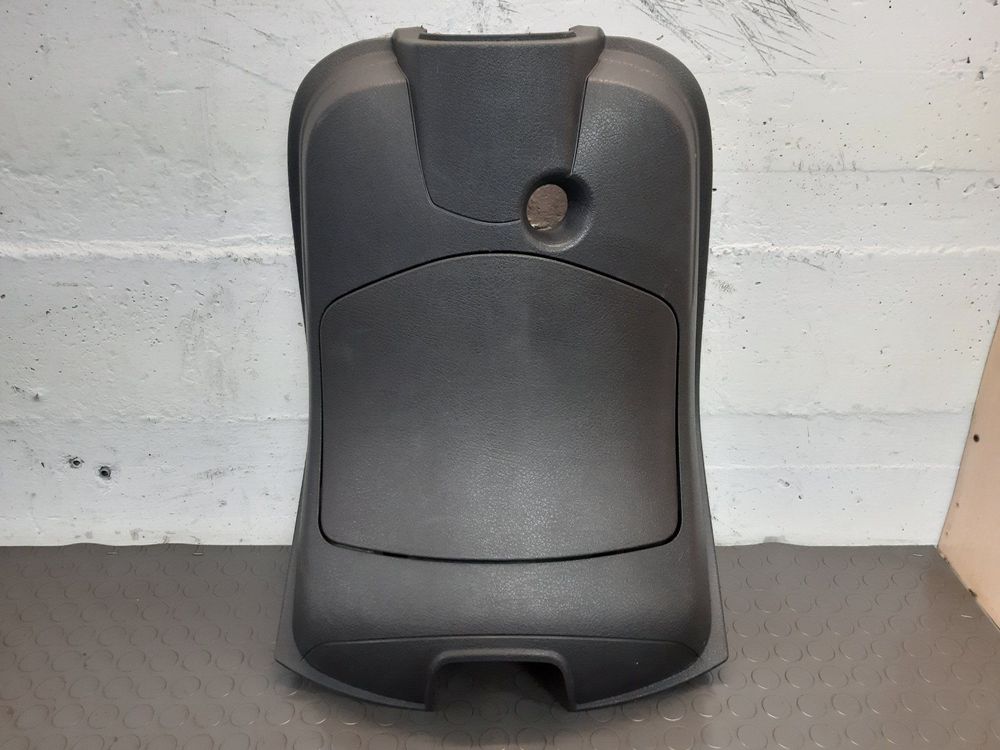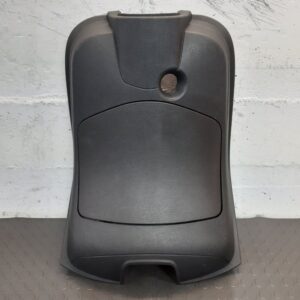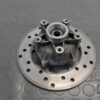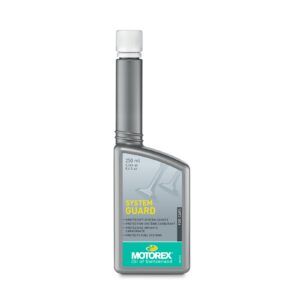-
×
 Fairing Vespa LX 50 2T E2 (2006-2009)
1 × CHF 7.00
Fairing Vespa LX 50 2T E2 (2006-2009)
1 × CHF 7.00
Leg shield with luggage compartment Vespa LX 50 2T E2 (2006-2009)
CHF 90.00
1 in stock
SKU: C251
Category: Vespa LX 50 2T E2 Yr. (2006-2009)
The abbreviation LX stands for 60 in the Roman numeral system: Piaggio celebrated the 60th anniversary of the Vespa in 2006. 2006 also saw the launch of the anniversary model, the Vespa LXV, which is reminiscent of the Vespa brand’s first vehicles with its chrome handlebars, classic fittings and leather seat – the V stands for vintage. Technically, it is similar to the Vespa LX. Special models with special features or paintwork are also released every year: The Vespa LX 125 Touring has two chrome luggage racks and a mini windshield, the Vespa LX 50 Rosa Chic has a pink metallic paint finish and the Vespa S 50 College has a two-tone paint finish. There is also a special Vespa S Sport model with sports stripes on the sides, chrome parts, decorative stitching on the ribbed seat and a red shock absorber on the front swing arm.
- 1965, Vespa 125 Nuova: first Vespa with 125 cc in a small frame (wider leg shield and short wheelbase)
- 1965, Vespa 180 SS: 180 cc engine, cylinder-aspirated, 4 gears, approx. 90 km/h
- 1965, Vespa 150 Sprint: 150 cm³, 4 gears, 10″ wheels, approx. 90 km/h, VLB1T 1965-1979 (Tecnica)
- 1965, Vespa 125 Super: 125 cm³, 4 gears, last Vespa with 8″ wheels, frame number: VNC1T 1001 to VNC1T 025146.
- 1965, Vespa 125 GT: 125 cm³, 4 gears, larger frame, 10″ wheels,
- 1968, Vespa 125 Primavera: One of the most popular Vespas with a more powerful engine
- 1968, Vespa 180 Rally: with 10.3 hp, top speed of 104.8 km/h
- 1970, Vespa 50 Elestart: erstmals mit Elektrostarter, 3- und 4-Gang, 40 km/h
- 1972, Vespa 200 Rally: with 12 hp, top speed of 105 km/h
- 1977, Vespa P 125 X: New bodywork and more modern technology, Vespa P 200 E with electronic 12 V ignition system















